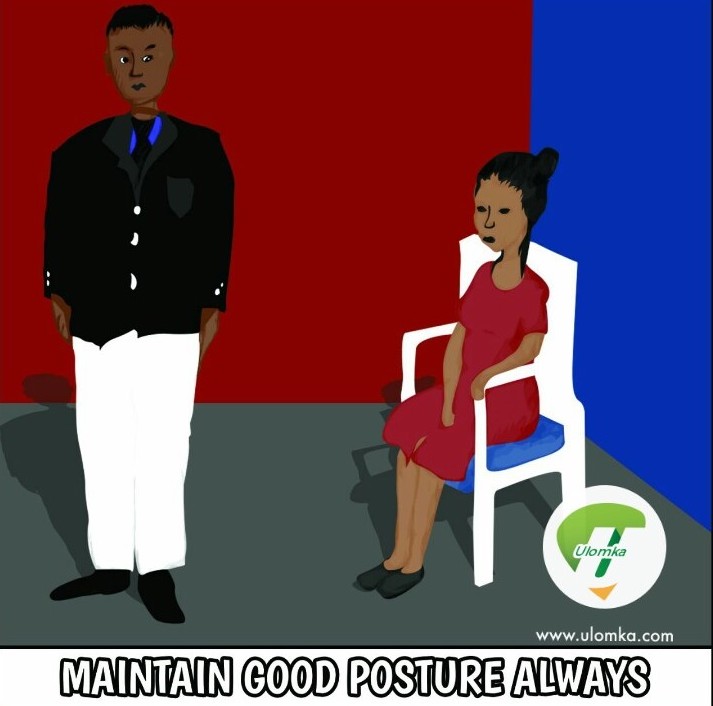Too many young people and lots of older ones are at the mercy of musculoskeletal disorders, pain, aches and swellings in various body parts arising from our workplaces. Employees and employers alike experience this pain and it is a great source of discomfort. It could be caused by poor posture for long duration, poor lifting techniques, carrying heavy load, poorly designed workstation or poorly designed task. It’s doubtful that anyone is born with most of this sort of pain, so lifestyle changes and adjustments in the workplace can save us money meant for hospital bills.

Ergonomics has to do with the interaction between humans, equipment and the environment. This means that the workspace should be such that it is comfortable and safe for all to use irrespective of your height or size. Therefore, when a new equipment is to be chosen, a new procedure introduced or a workspace designed, ergonomics should be taken into consideration. This would reduce poor performance and ill health arising from stooping, over-stretching, overreaching and poor lifting techniques. All of which eventually leads to work-related upper limb disorders (WRULDs).
WRULDs includes a variety of ailments affecting the fingers, arms, neck, hands and upper body. But hey, it’s not so gloomy as changes can be introduced in the workplace to reduce this as much as is reasonably practicable.
• Redesign the workspace. If you’re a chef, all ingredients should be arranged within hand reach. You shouldn’t have to perform gymnastics to reach an item. If you spend more hours in front of a computer, ensure your seat and the screen is properly aligned to prevent neck strain.
• Reduce repetitive movements. If you’re a business owner in the production sector, consider use of machines for repetitive tasks or employ more people and engage them in shift duty to reduce the amount of time spent performing repetitive tasks.
• Always maintain correct posture at work, at home, while driving or as a passenger. If the seats at work are not convenient or comfortable, improvise. Throw pillows come in handy to rest your lower back.
• Endeavour to do your work in good time to prevent avoidable stress. Stress is another factor that could lead to poor posture. As you get tired, your body begins to slouch, this leads to strains that are not good for your spine.

• Always, always employ correct lifting techniques when carrying loads. Do not carry a load that is too heavy alone. (More on this in the next article)
• Adequate breaks should be introduced at work. During these breaks, employees should get up and move around a bit, flex fingers and muscles were necessary.
• As much as possible, employers should make the work environment ergonomically friendly by providing good furniture, machinery and a well-designed workplace. Employees should learn and take the knowledge home. If we all keep spreading good knowledge, the world will be a better place.
• Training! Training!! Training!!! Employees should be trained on safe ways of performing tasks, correct posture, using display screen equipment and proper lifting techniques.
• Reporting. Once you notice you’re experiencing pain and discomfort inform your employer so that structures are put in place to eliminate or reduce the cause. Contact your physiotherapist, they are experienced in recommending lifestyle changes and exercises that can boost your overall well-being.
It’s important to take care of yourself to boost your performance at work and to save you and your family from avoidable sadness.





